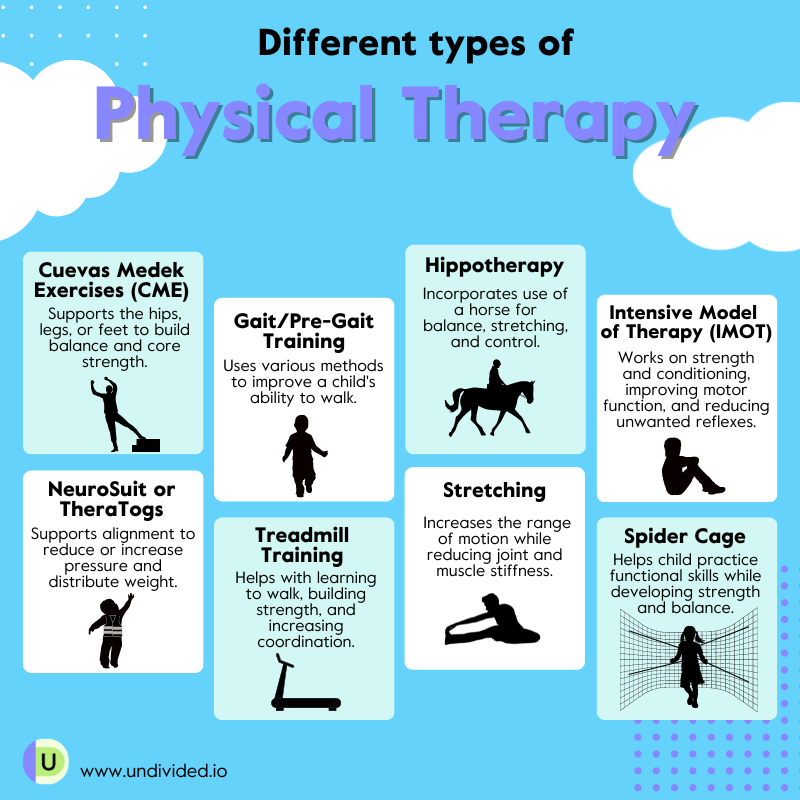The Impact of Environmental Environments on Exercise Habits and Activity Choices
Wiki Article
The environment around us plays a significant part in shaping our fitness routines and exercise choices. Elements like the availability of recreational areas, gyms, and additional leisure facilities can encourage individuals to participate in exercise routines. City environments often provide easy access to fitness facilities and outdoor spaces, while rural regions may offer different opportunities for exercise, such as hiking or cycling on paths. Comprehending how these areas influence our decisions can help neighborhoods develop better settings that promote wholesome lifestyles.
One key aspect of neighboring spaces is the concept of accessibility. When individuals have easy access to fitness centers, they are more apt to engage in regular exercise. For instance, communities with recreational spaces and walking paths can inspire residents to go on daily strolls or participate in athletic activities. On the other hand, if individuals live in locations without accessible fitness options, they may be less inclined to remain engaged in physical activity. This emphasizes the need for city designers and local officials to prioritize the development of accessible leisure spaces physical therapy and wellness that cater to the needs of the community.
A further key consideration is safety. People are more likely to engage in public exercise if they perceive safe in their environment. Brightly illuminated parks, maintained walking trails, and low crime rates can foster a welcoming environment for exercise. Conversely, areas that are perceived as unsafe may deter people from engaging in public exercise, leading to a inactive lifestyle. Therefore, enhancing security measures in public spaces can greatly impact public health by motivating more people to be active.
Another social aspect of exercise is also affected by surrounding areas. Collective exercises, such as team athletic contests or exercise sessions, thrive in environments that foster social interaction. Recreation halls, gyms, and parks can serve as meeting places where people come together and inspire each other to stay active. Community support is crucial for maintaining exercise habits, and providing accessible spaces where individuals can meet and participate in physical activities can enhance enthusiasm and satisfaction.

Finally, the go to the website visual attractiveness of surrounding areas can influence exercise habits and preferences. Attractively crafted parks, scenic paths, and properly cared for gyms can motivate people to participate in exercise. When spaces are aesthetically appealing, individuals are more likely to spend time there, participating in fitness and leisure activities. Neighborhoods should focus on developing welcoming environments that encourage individuals to discover various exercise activities, making it easier for them to incorporate exercise into their regular lives.